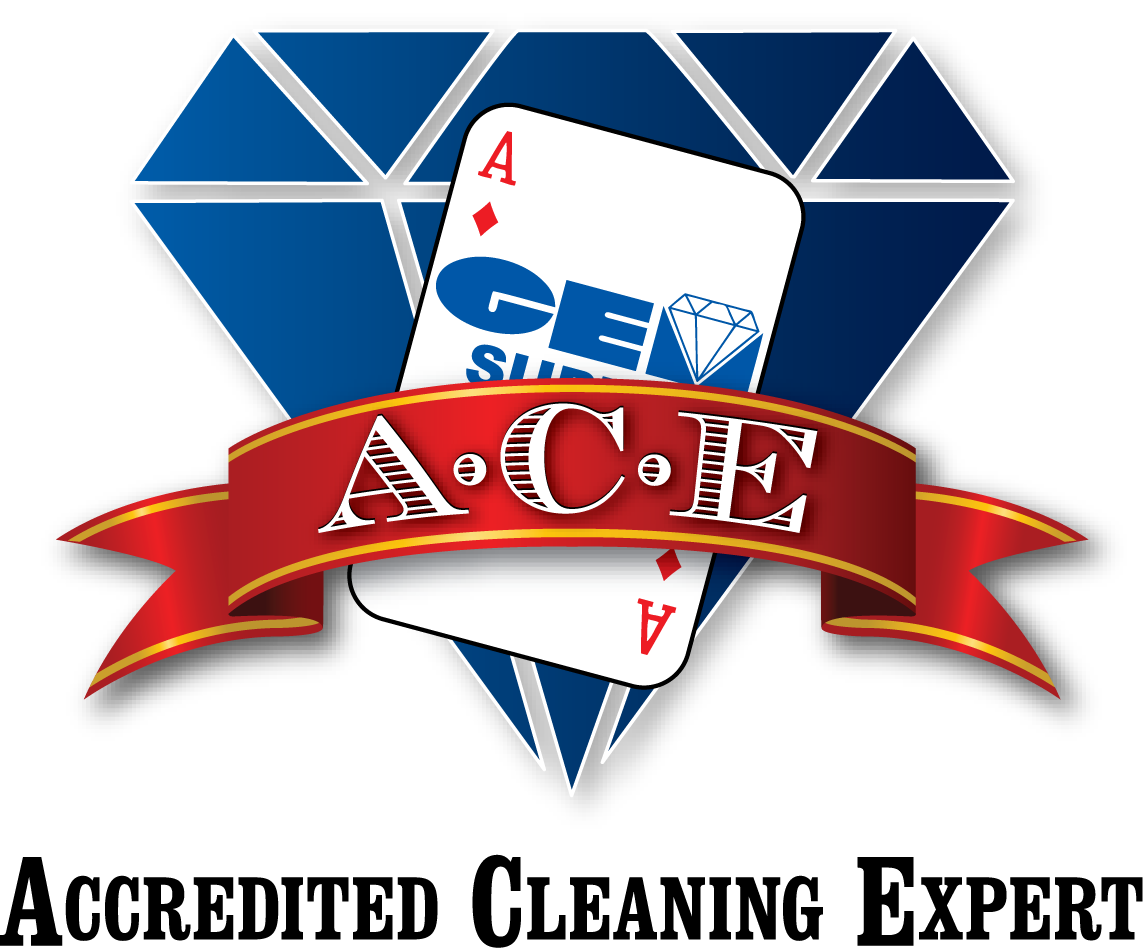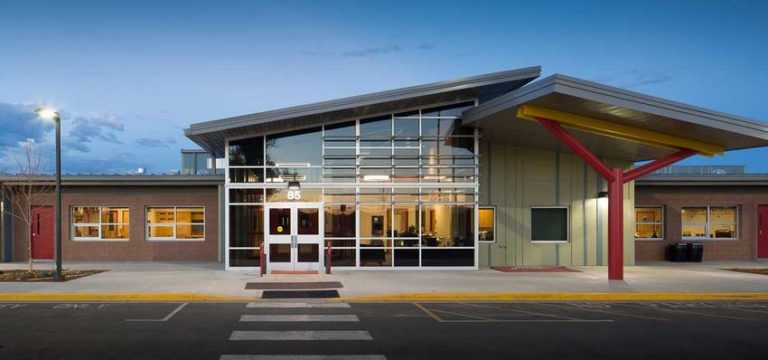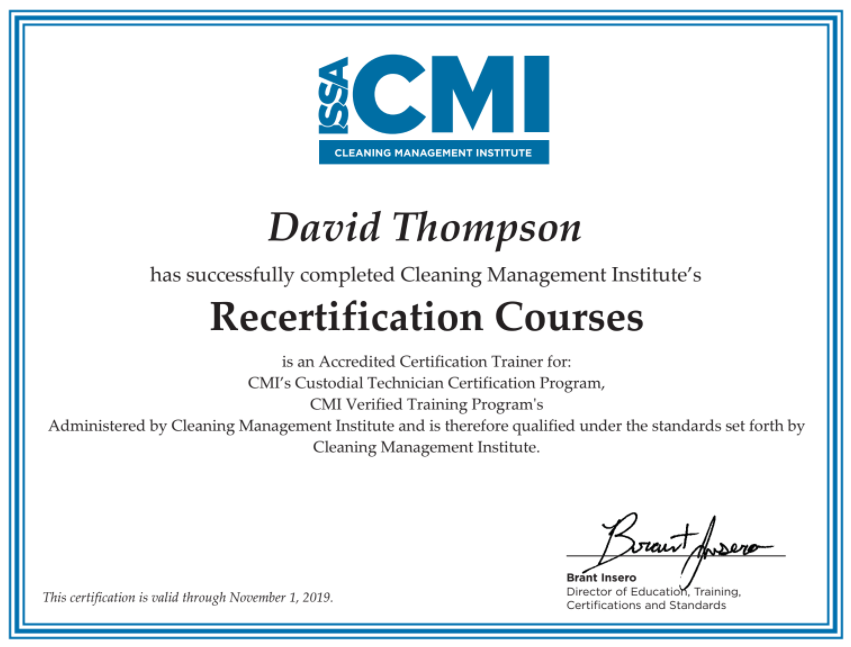Floor Care Equipment That Contributes to LEED Certification by Kassandra Kania
Floor Care Equipment That Contributes To LEED Certification
By Kassandra Kania
As the sustainability movement continues to flourish, more custodial managers are demanding environmentally friendly products to satisfy in-house green initiatives, as well as earn credits toward LEED certification for property owners.
Although there are no certifications for floor care equipment per se, by adhering to U.S. Green Building Council (USGBC) guidelines when buying or using floor care equipment, custodial departments can help businesses earn points toward LEED certification.
According to media associate Jacob Kriss, the USGBC awards up to one point toward LEED for Existing Buildings: Operations & Maintenance (LEED-EBOM) for projects that implement a program for the use of janitorial equipment that reduces building contaminants and minimizes environmental impact (see “Indoor Environmental Quality c3.4: Green cleaning-sustainable cleaning equipment” for excerpted requirements pertaining to floor care equipment).
For existing powered cleaning equipment, 20 percent must meet the criteria set forth in this credit by cost or unit count, whereas newly purchased equipment must meet 100 percent of the credit requirements. Under the new version of the rating system, set to launch in Fall 2013, the cleaning equipment credit will require 40 percent of powered equipment to meet certain criteria, while equipment that does not meet the criteria must be phased out.
“Everything in LEED is good for the environment and the organization, and makes sense to do,” notes Michael Arny, president of Leonardo Academy in Madison, Wis. “If people want to operate their buildings in a greener way, the more of the LEED program they can follow, including the cleaning component, the further they are down the path to making their building more sustainable. And they also position themselves to move forward with LEED certification more easily, if and when they decide to do that.”
According to Bill Griffin, president of Cleaning Consultants Services Inc. in Seattle, Wash., the growing interest in sustainable flooring equipment is being driven in part by LEED.
“The evolution in equipment is in the response to demand from customers wanting to be more sustainable,” he says. “LEED is driving some of this, and the demographic of people running these buildings is also driving this to some degree. There’s a younger crowd coming in, and they’re more aware and have a higher expectation regarding green.”
Although the industry is moving toward greener flooring equipment, Stephen Ashkin, president of The Ashkin Group in Bloomington, Ind., urges cleaning departments to keep in mind that this is merely one part of a comprehensive green cleaning program.
“Don’t lose sight of the fact that this is one important element in an entire system that ultimately will meet the intent of the LEED credits,” he says. “And that intent is to create safe, healthy, productive environments while minimizing negative impacts on the environment.”
Reducing Water Usage With Floor Equipment
Reducing water, energy and chemical usage are important prerequisites for achieving credits toward LEED certification. Likewise, when implementing a green program and reassessing floor care equipment, cleaning departments should look for opportunities to reduce water and energy consumption.
“There are greener and more sustainable floor machines on the market today that use less water or use eco or hybrid water instead of plain water and chemicals,” says Griffin. “There are also ultra high dilution products where you put a cartridge in the machine and it automatically dilutes the chemical.”
To reduce power consumption, managers should look for equipment with Energy Star ratings, or battery-powered equipment that uses environmentally preferable gel batteries.
In addition to reducing water, power, and chemical usage, managers should look for floor equipment that reduces noise levels. Griffin recommends equipment that operates below the 65-decibel rating. Departments also need to consider how their equipment fits into their green protocol. For example, the decibel level of the machine becomes more significant if they are cleaning during the day when the building is occupied.
“Environmentally friendly equipment isn’t just about protecting the environment, but also the employees using the equipment,” says Stan Hulin, president and CEO of Future Floor Technology Inc. in Gladstone, Ore. As such, manufacturers are paying more attention to machine ergonomics by designing equipment with operator comfort and safety in mind.
KASSANDRA KANIA is a freelance writer based in Charlotte, N.C.
Republished from Cleanlink.com
![]()


